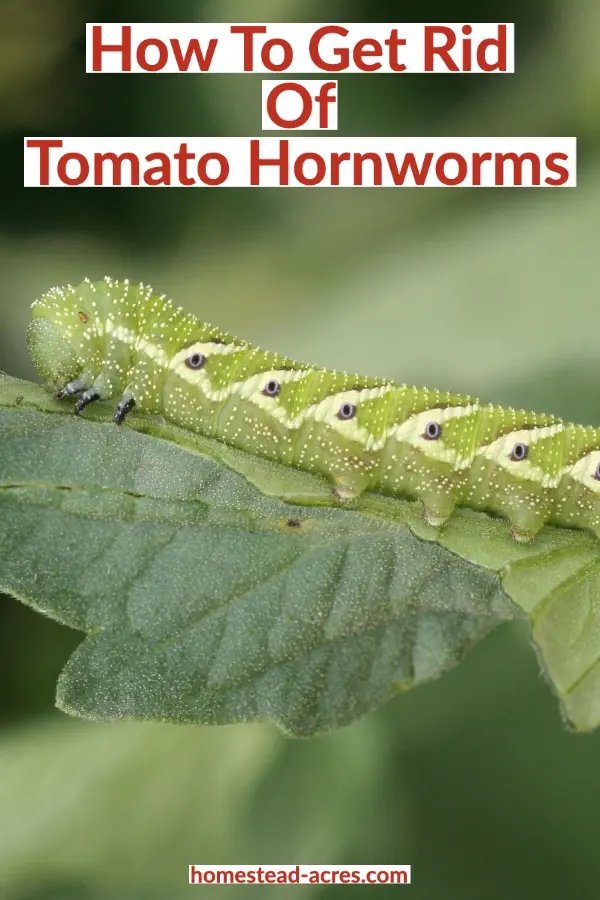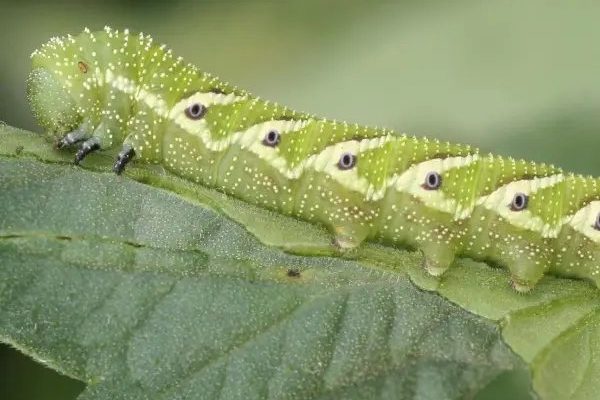
Hornworms, specifically the larvae of the Tobacco Hornworm and Tomato Hornworm, are well-known for their ability to munch on plants. But their survival isn’t just about finding food. They’ve developed several clever tactics that allow them to endure extreme weather conditions throughout their lives. Just like a well-prepared camper knows to pack for any situation, these little insects have their own set of tools to tackle harsh environments. In this article, we will explore various features and behaviors that help hornworms thrive against the odds.
Understanding Hornworm Physiology
Hornworms are remarkable not only for their bright green appearance but also for their unique physical features that assist them in surviving adverse weather. Their bodies are designed to withstand a range of temperatures and moisture levels. Here’s how:
1. Chitin Composition: The exoskeleton of hornworms is made primarily of chitin, a tough substance that helps protect them from environmental stressors. Think of it like a natural armor that keeps them safe from rain and moisture.
2. Body Temperature Regulation: Hornworms can regulate their body temperature to some extent. When temperatures rise, they often find shady spots to avoid overheating, much like how we might seek out a cool breeze on a hot day. This behavior helps them conserve energy and avoid dehydration.
3. Water Retention: These creatures are pretty good at retaining moisture. Their bodies can store enough water to survive when conditions get really dry. It’s like having a built-in canteen that keeps them hydrated during tough times.
Behavioral Adaptations in Weather Extremes
Beyond their physical traits, hornworms employ a variety of behavioral strategies to cope with changing weather. These behaviors are crucial for their survival.
1. Burrowing Behavior: When the rain comes pouring down, hornworms often burrow into the soil to wait it out. This gives them a safe haven from flooding and keeps them protected from potential predators that might also be seeking shelter.
2. Feeding Patterns: During extreme heat, hornworms tend to feed at cooler times of the day, such as early morning or late evening. This way, they avoid the intense midday sun. It’s like adjusting your outdoor plans to avoid the hottest part of the day!
3. Migration: In certain situations, hornworms might move to more favorable environments. If a particular plant is damaged or the weather turns chaotic, they will seek out healthier plants for food—a survival tactic that enables them to adapt quickly.
Impact of Climate Change on Hornworm Survival
With climate change becoming a pressing issue, the impacts on various species are significant, including hornworms. These changes can affect their survival strategies in several ways.
1. Temperature Fluctuations: As temperatures rise, hornworms may struggle to find suitable environments for feeding and breeding. If nights don’t cool down enough, it may interfere with their natural activity cycles.
2. Increased Rainfall: More frequent and intense rain can lead to habitat loss. Hornworms might find it harder to find dry places to hide, which could increase their vulnerability to predators and diseases.
3. Food Supply Challenges: Changes in weather patterns can impact the plants hornworms rely on. If their host plants fail to thrive, they may face starvation. This can lead to population declines and challenges for ecosystems they inhabit.
Natural Predators and Weather Resilience
While hornworms have impressive survival strategies, they aren’t immune to threats from predators. Understanding how they cope with these threats, especially during harsh weather, adds another layer to their resilience.
1. Camouflage: One of the hornworm’s best defenses is its color. Being green helps them blend in with the leaves, making it harder for birds and other predators to spot them. This is like wearing a cloak of invisibility in a crowded room!
2. Defensive Postures: When threatened, hornworms can take on a defensive posture that makes them look larger and more intimidating. They may also release a foul-smelling substance to deter potential predators. It’s their way of saying, “You really don’t want to mess with me!”
3. Adaptability: The ability to adapt to various weather conditions can also help hornworms escape predation. During cooler and wetter periods, predators might be less active, providing an opportunity for hornworms to feed and grow safely.
The Role of Hornworms in Ecosystems
Hornworms aren’t just survivors; they also play a vital role in their ecosystems. Understanding their ecological significance can help us appreciate why their survival matters.
1. Food Source: Hornworms serve as food for a variety of birds, insects, and even humans in some cultures. Their presence supports the food web, helping to maintain balance in their habitats.
2. Pollination: While munching on plants, hornworms may inadvertently assist in pollination. As they move from flower to flower, they can help transfer pollen, benefiting plant reproduction.
3. Soil Fertility: Their droppings, known as frass, enrich the soil, promoting plant health. This not only supports other organisms but also contributes to a thriving garden ecosystem.
Hornworms demonstrate a fascinating blend of physical and behavioral adaptations that allow them to survive harsh weather conditions. From their tough exoskeletons to their clever feeding habits, these little caterpillars prove that survival in nature requires creativity and resilience. As we face changing environmental conditions, understanding how creatures like hornworms cope can give us insight into the broader implications of climate change on biodiversity. So, the next time you spot these bright green caterpillars snacking on your plants, remember the incredible journey they’ve taken to thrive in a world full of challenges.

